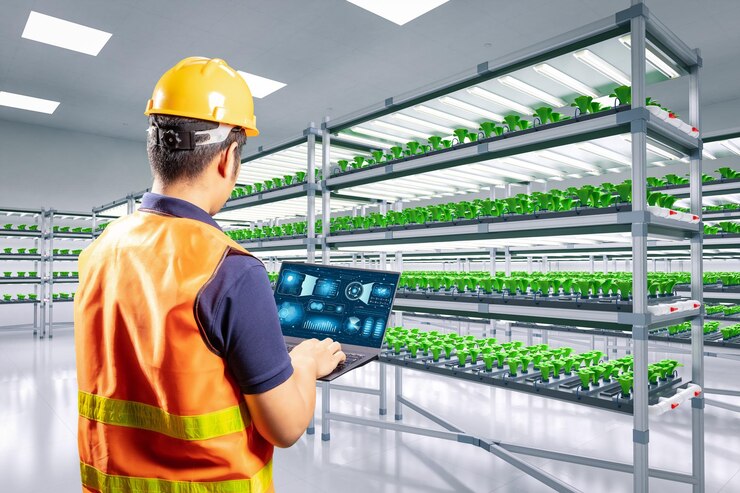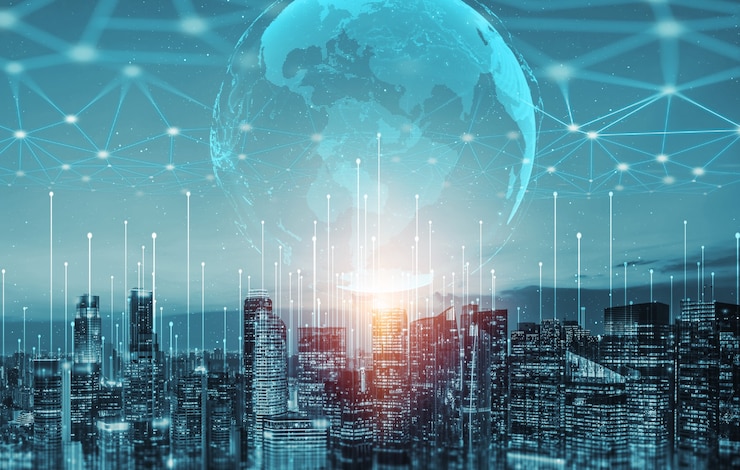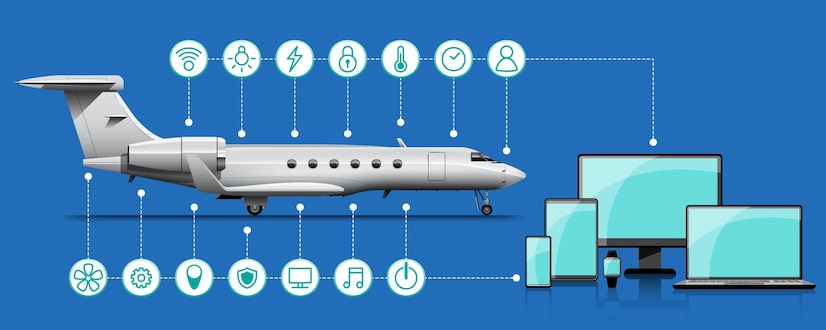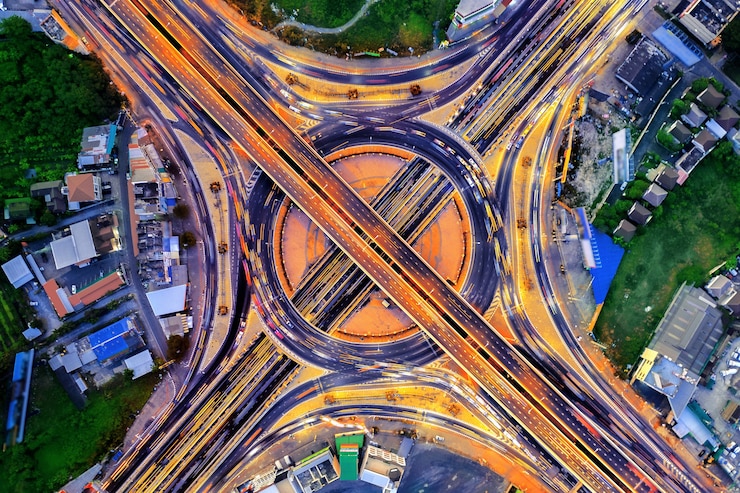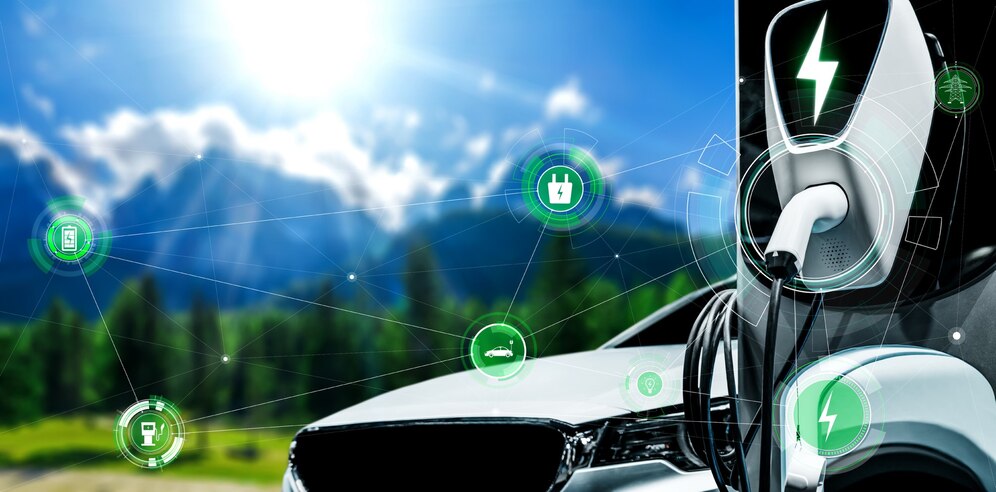Light-harvesting system component in artificial photosynthesis
An artificial photosynthesis system, which mimics the natural photosynthesis system, comprises of three units. The first is a light-harvesting unit. The second is a charge separation unit (reaction center). The third is a catalysis unit where fuel-forming multi-electron reactions take place. This article discusses the light-harvesting system. The chromophore (photosynthesizer) Light harvesting is the initial …
Light-harvesting system component in artificial photosynthesis Read More »
